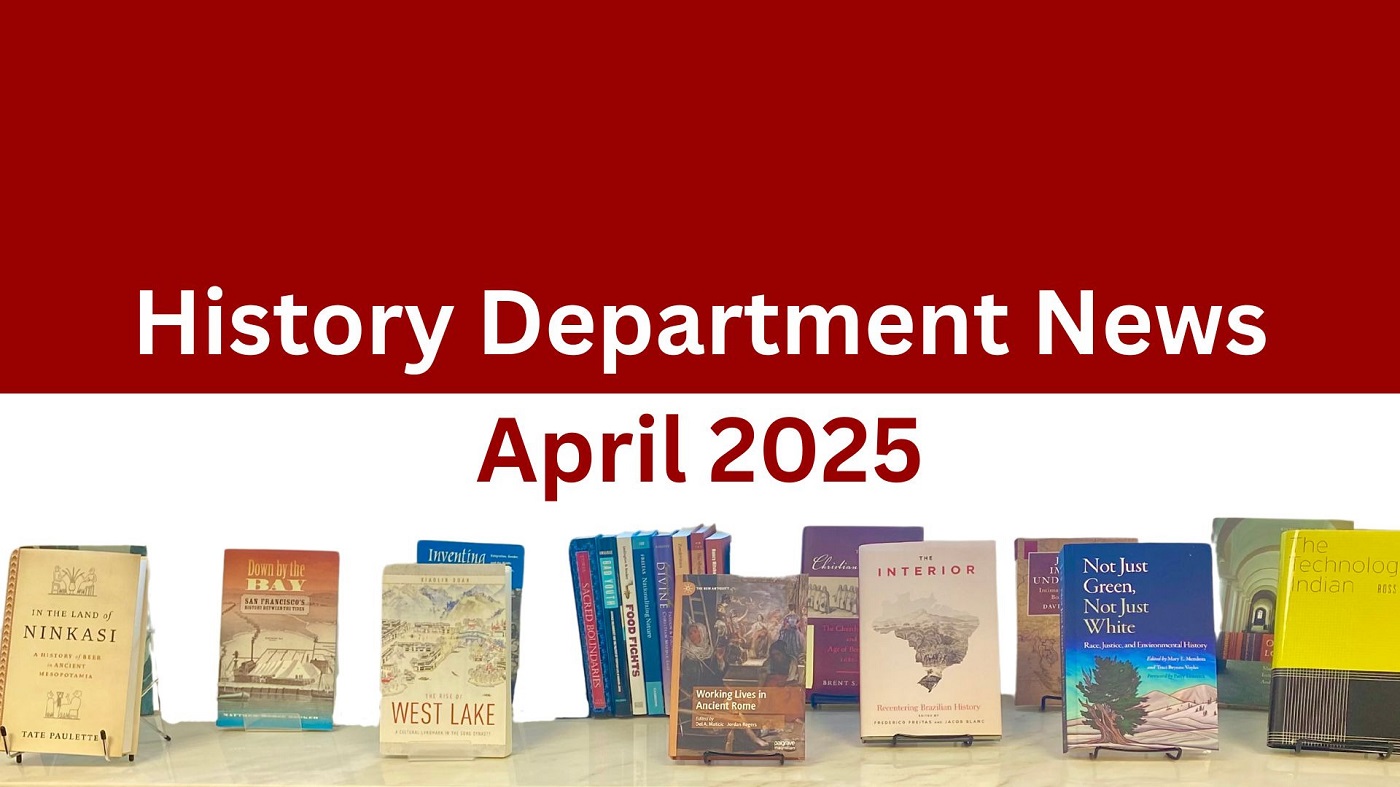An Ever Closer Union? European Integration in the Second Half of the Twentieth Century
Popowycz, Jennifer. “An Ever Closer Union? European Integration in the Second Half of the Twentieth Century.” (Under the direction of Dr. Thomas Ort.)
In the 1970s three countries from Southern Europe applied to become members of the European Economic Community (EEC), which is now the European Union (EU). Greece, Portugal, and Spain all had newly formed democratic governments and were considerably poor countries. Despite the potential problems surrounding each country‟s unstable democratic institutions and each country‟s weak economy, all three countries were admitted to the EEC rather quickly and without much difficulty.
Less than five years later, the collapse of communism allowed newly independent nations from Central and Eastern Europe to apply for membership to the EU. However, even though many of the countries exhibited strikingly similar political, economic, and social characteristics to Greece, Portugal, and Spain, it took much longer for the countries from Central and Eastern Europe to join the EU and the accession process was somewhat controversial. The first country to apply was Hungary in 1994 and several other countries from Central and Eastern Europe applied between 1994 and 1996, but none of these countries were admitted until almost a decade later. Why did it take much longer for the countries from Central and Eastern Europe to join the EU than it did for Greece, Portugal, and Spain? Why was the accession of the countries from Central and Eastern Europe much more challenging than the accession of Greece, Portugal, and Spain? Further, what does this process demonstrate about lingering notions of an East/West European division after the Cold War?
This thesis will compare the accession of Greece, Portugal, and Spain to Hungary, Poland, and the Czech Republic to demonstrate that one of the reasons it took longer for the countries from Central and Eastern Europe to join the EU was because the idea of Eastern. Europe, or the idea of a less than fully Europe, played a role in the negotiations. There are three things that demonstrate this. The countries from Central and Eastern Europe had much more stable democracies and significantly stronger economies when they applied for membership than did the countries from Southern Europe. Secondly, the EU created additional steps for the countries from Central and Eastern Europe to complete prior to admitting them into the EU. Finally, the language used in the evaluations on Hungary, Poland, and the Czech Republic demonstrate that EU officials believed their “Europeanness” needed to be proven.
- Categories:


